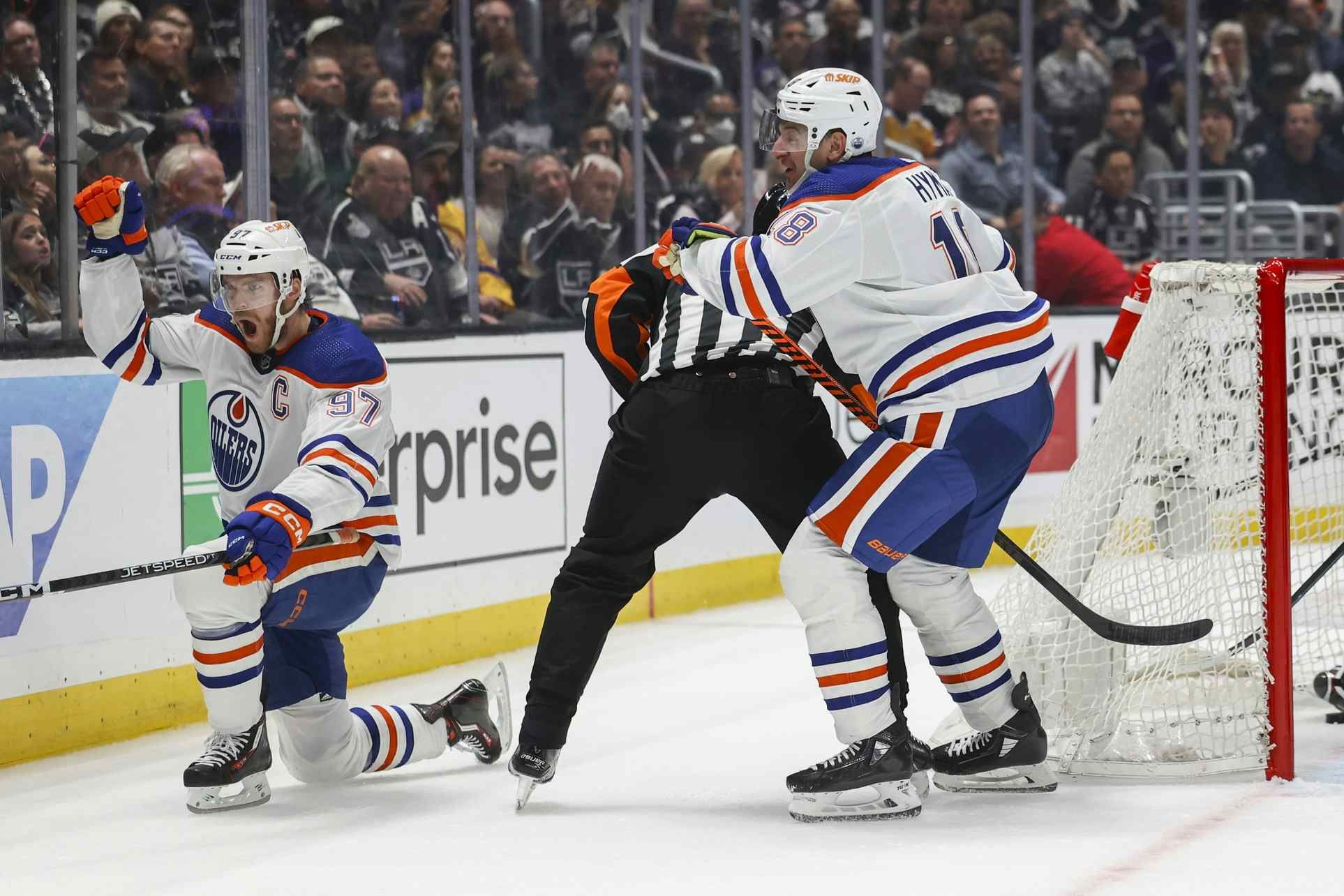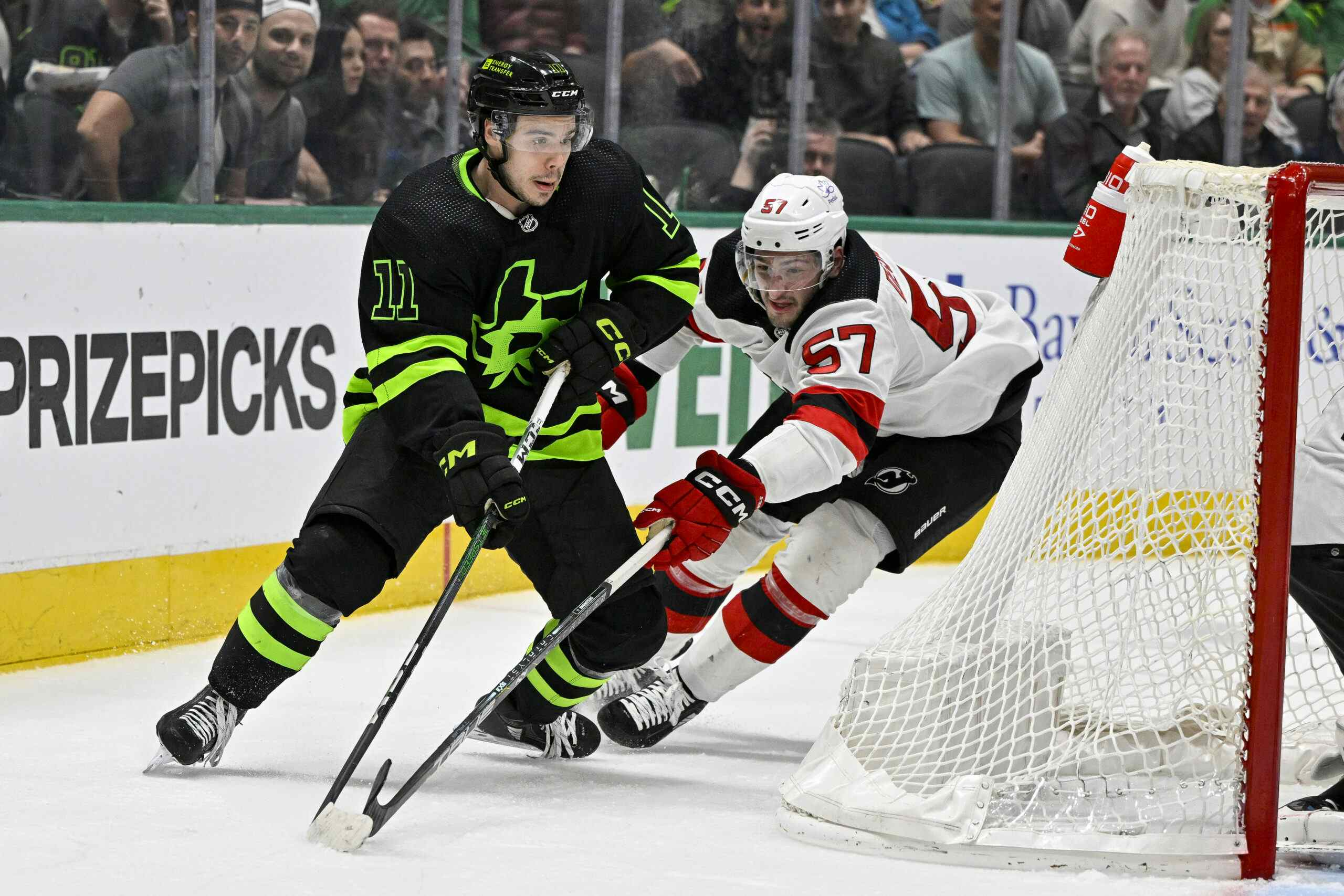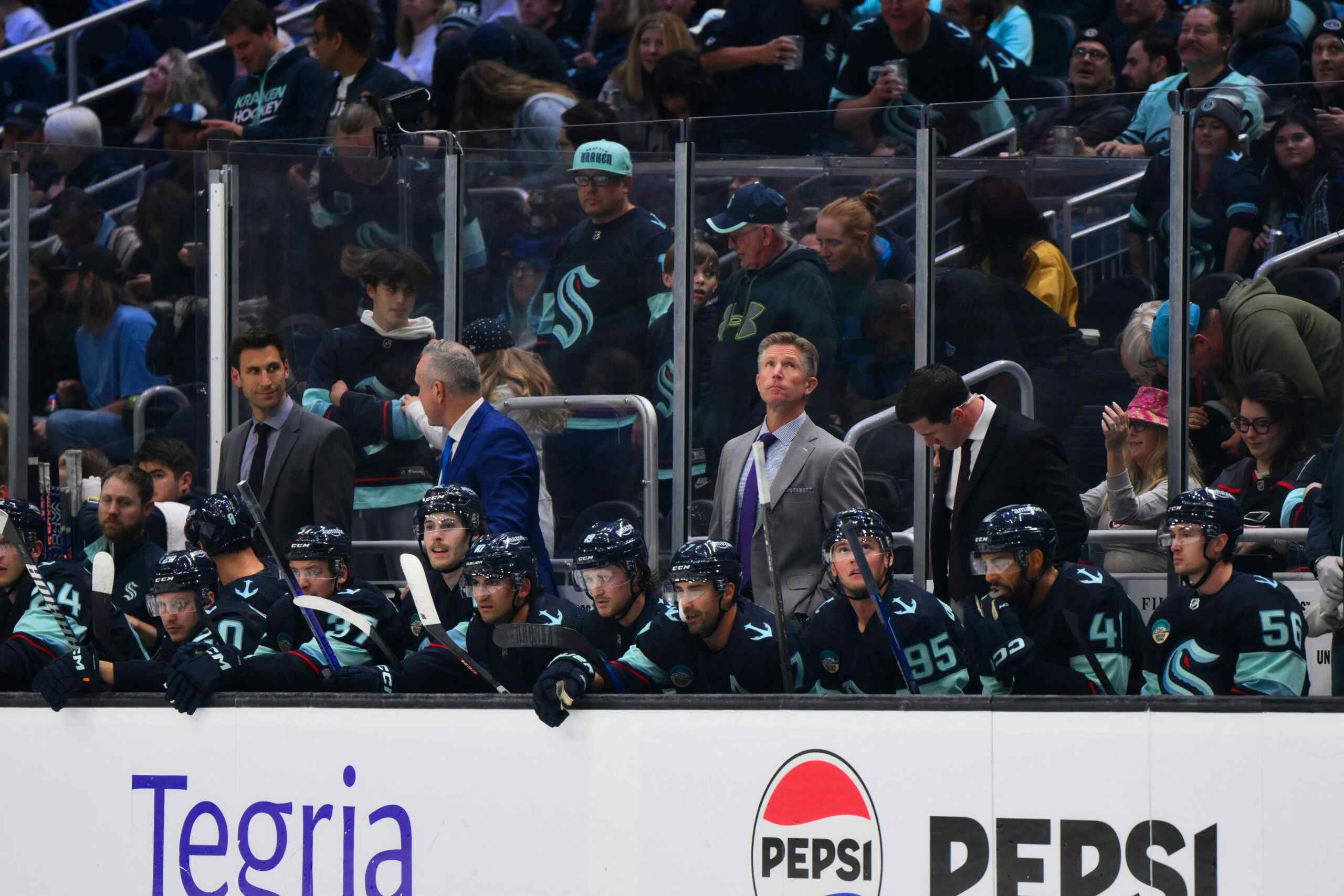Cam Barker vs. Kurtis Foster

Kurtis Foster was the player tabbed last season to replace Sheldon Souray’s big shot on the power play. He had a largely forgettable year – the worst offensive season of his career – and there weren’t a lot of tears shed by fans when he was sent away to Anaheim over the summer.
Andy Sutton may be the player returned in that trade, but it is free agent acquisition Cam Barker who will be asked to fill the offensive specialist role vacated by Foster. Thus, it’s worth asking how he’s likely to perform in Foster’s absence.
Context
This is the portion of the article where I zip over to Behind the Net, pull up the percentage of starts each player had in the offensive zone, and run Quality of Competition numbers. Rather than put that all in chart form, though, I’ll summarize it: both players spend the vast majority of their time playing third-pairing opponents, and both players get a ton of ice-time in the offensive zone.
This is why Barker is the natural replacement for Foster in terms of ability: both have been used in offensive situations, both have a largely offensive skill-set, and both have been largely third-pairing defenders at even-strength over the last three seasons.
The Offensive Numbers

Bring on the charts!
| Player | Season | EVG/60 | EVA/60 | EVPTS/60 | PPG/60 | PPA/60 | PPPTS/60 |
|---|---|---|---|---|---|---|---|
| Barker | 2008-09 | 0.00 | 0.60 | 0.60 | 1.35 | 5.92 | 7.27 |
| Barker | 2009-10 | 0.07 | 0.70 | 0.77 | 1.68 | 1.68 | 3.36 |
| Barker | 2010-11 | 0.00 | 0.17 | 0.17 | 0.00 | 1.68 | 1.68 |
| Barker | Average | 0.02 | 0.49 | 0.51 | 1.01 | 3.09 | 4.10 |
| Foster | 2007-08 | 0.34 | 0.42 | 0.76 | 1.25 | 1.67 | 2.92 |
| Foster | 2009-10 | 0.27 | 0.60 | 0.87 | 0.68 | 4.77 | 5.45 |
| Foster | 2010-11 | 0.18 | 0.37 | 0.55 | 1.13 | 1.80 | 2.93 |
| Foster | Average | 0.26 | 0.46 | 0.73 | 1.02 | 2.75 | 3.77 |
There are a lot of numbers up there, but the key line to focus on is in bold – the averages.
The first three columns show even-strength scoring per 60 minutes of ice-time: goals, assists, and point totals. Both Barker and Foster had bad years this season – Barker was wretched, while Foster was just well below his career averages. Whether we ignore 2010-11 or add it into the averages, the result is roughly the same: Kurtis Foster has been, over his last three healthy season (2008-09, where Foster played just 10 games and put up outrageously good numbers, has been ignored here), a better offensive player at even-strength than Cam Barker.
The last three columns show power play scoring per 60 minutes of ice-time: goals, assists and point totals. Barker’s scoring on the man advantage has been in a death spiral the last three seasons, but 2010-11 was far and away his worst season. Of course, that stands in contrast to 2008-09, the season where he built his reputation as an offensive contributor on second assists, as Tyler Dellow points out:
[Barker’s] 2007-08 season was built on second assists to an unparalleled degree. Barker put up 4.04 2A/60 on the PP that year; the next best number in the four years that Gabe has this data available is Brian Rafalski’s 3.43 2A/60 last year. As I’ve mentioned before, second assists are sort of a lottery. Well, exactly like a lottery. It’s rare that the second assist makes the goal but some years your number comes up and you pile up a ton of them.
It’s reasonable to believe that Barker will not repeat the success he had in 2008-09 on the power play. That said, he wasn’t bad in 2009-10, and given that Foster had his own improbable run in 2009-10 I’d say there’s a good chance Barker can fill in on the power play with roughly the same level of ability, as their numbers are close enough.
Bottom line: based on their careers to date, Foster’s the better even-strength point producer, while both players have a comparable level of power play ability.
Bonus Chart!
| Player | Season | Corsi Rel. | Plus/Minus | Team Plus/Minus |
|---|---|---|---|---|
| Barker | 2008-09 | -2.6 | -6 | 48 |
| Barker | 2009-10 | -2.1 | 5 | 30 |
| Barker | 2010-11 | -3.7 | -10 | -27 |
| Barker | Average | -2.8 | -4 | 17 |
| Foster | 2007-08 | 7.8 | 0 | 5 |
| Foster | 2009-10 | 8.0 | -5 | -43 |
| Foster | 2010-11 | 2.0 | -12 | -76 |
| Foster | Average | 5.9 | -6 | -38 |
I know there’s a large number of Corsi sceptics around these parts, so I won’t spend too much time harping on the number. All I’ll say is that Foster has generally seen pucks move in the right direction while he’s on the ice, and Barker has not.
Plus/minus is another interesting measure. Superficially, Barker’s numbers are superior, but when we take team into account we see that Foster’s actually posted the better numbers. Neither is anything to write home about, but it’s obviously far more impressive to go minus-6 on a minus-38 team than it is to go minus-4 on a plus-17 team.
The X-Factor

The wildcard here, of course, is progression from Barker. While neither of these players look like a world-beater, Barker is still relatively young (he turned 25 in April), and he was the third overall pick seven drafts ago. There’s at least a chance that means something, and that he can take a significant step forward that Foster didn’t.
In my opinion, it’s a shot in the dark. There’s a chance that Barker will be the better player this season, and that’s where the Oilers have put their money. History, however, suggests that both players will rebound, and that Kurtis Foster’s performance will be superior to that of Cam Barker.
Recent articles from Jonathan Willis





